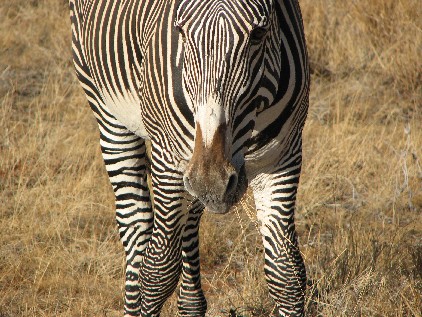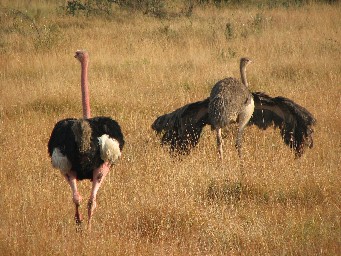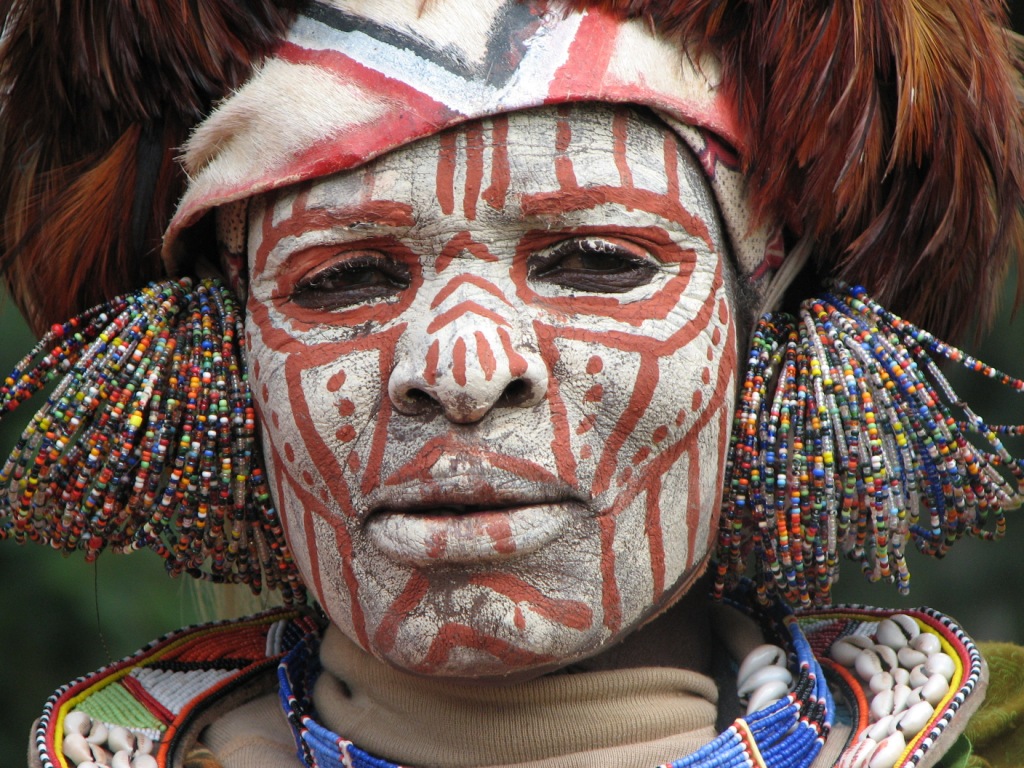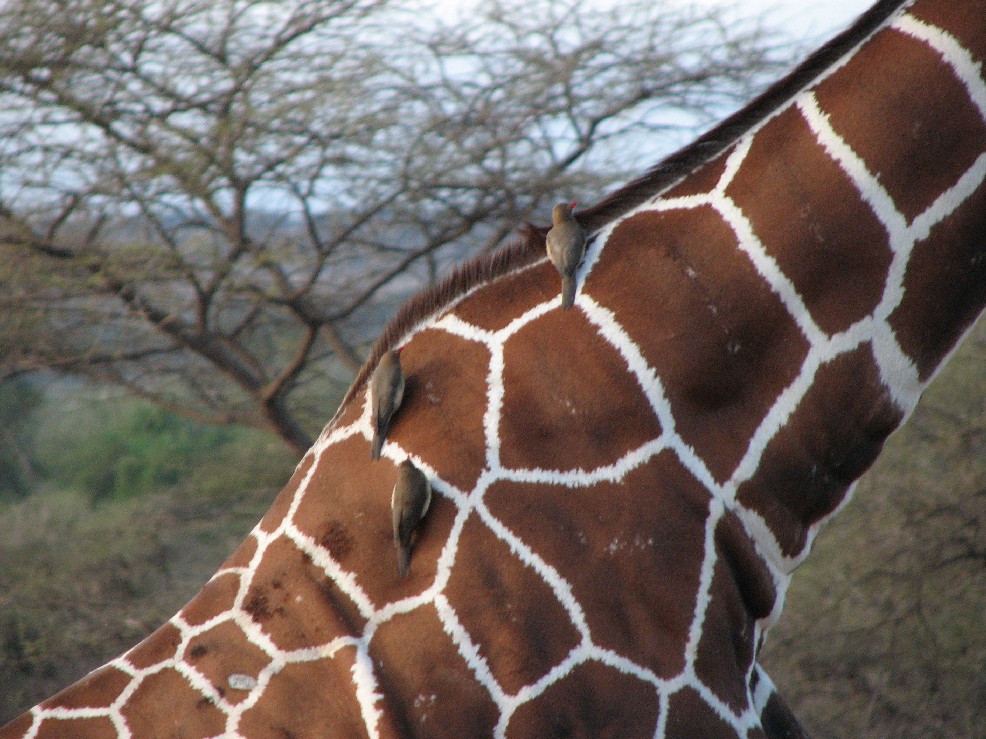 Many of you may be wondering how we are tackling the issue of living on the road in East Africa for weeks at a time and on a budget (~$35 USD/day). Here is a brief description of how we are getting along on the road. Enjoy!
Many of you may be wondering how we are tackling the issue of living on the road in East Africa for weeks at a time and on a budget (~$35 USD/day). Here is a brief description of how we are getting along on the road. Enjoy!Transport:
Public transport – Sort of like a real-life experience on sardines in a can or an experiment on how many people you can actually fit into a vehicle, traveling via public transport here in East Africa is not a luxurious matter. Shared taxis (technically 14 passenger vans) can sometimes hold up to 27 adults and children (and their accompanying luggage). You can also look at is as a wise use of fossil fuels. We generally only use this mode of transport once we get to our destination for short distance travel.
to our destination for short distance travel.

Public transport – Sort of like a real-life experience on sardines in a can or an experiment on how many people you can actually fit into a vehicle, traveling via public transport here in East Africa is not a luxurious matter. Shared taxis (technically 14 passenger vans) can sometimes hold up to 27 adults and children (and their accompanying luggage). You can also look at is as a wise use of fossil fuels. We generally only use this mode of transport once we get
 to our destination for short distance travel.
to our destination for short distance travel. Long-distance travel – Generally we opt for larger buses (technically 47 passengers) but more often in excess of 65 people and their stuff. Cramped, hot, and dangerous (as it tends to speed wildly down the road swerving around slower vehicles) this is not a rather enjoyable way to travel, but it does save some bucks – and those are important after all.
 “In Style” – Long distance travel via a more comfortable bus where everyone gets an entire seat to themselves and only stops for bathroom breaks, police barricades, or at international borders. This is much more expensive, but a heck of a lot nicer than the previous option. And then there’s flying on one of East Africa’s many airlines. This is truly a magical experience, and the ease and comfort is easily contagious leaving you wanting luxury more and more. (At least it feels like that). We’ve only taken one plane – and it was awesome!
“In Style” – Long distance travel via a more comfortable bus where everyone gets an entire seat to themselves and only stops for bathroom breaks, police barricades, or at international borders. This is much more expensive, but a heck of a lot nicer than the previous option. And then there’s flying on one of East Africa’s many airlines. This is truly a magical experience, and the ease and comfort is easily contagious leaving you wanting luxury more and more. (At least it feels like that). We’ve only taken one plane – and it was awesome!Accommodation: 
Guest house – usually a small establishment, somewhat clean, with communal toilets, showers and laundry sink; rooms typically have two twin beds with mosquito nets and sometimes have a wooden chair and small mirror.

Guest house – usually a small establishment, somewhat clean, with communal toilets, showers and laundry sink; rooms typically have two twin beds with mosquito nets and sometimes have a wooden chair and small mirror.
Camping – usual style with the tent we bought in Thailand for $30 with just enough room for our bags and the two of us neatly settled into three parallel lines. Sleeping bags are a must (especially for Kenya as it can get quite cold at night), and rolled up clothes shoved into the sleeping bag cover makes a nifty pillow.


Food:
Eating Local – The best option (and usually the quickest) is to eat what everyone else is eating, such as sweet potatoes, Irish potatoes, cooked bananas and beans, goat or beef, rice, chapatti – not many vegetables really. It also gives us the opportunity to ‘storian’ (talk) with the locals and hang out.
Eating Local – The best option (and usually the quickest) is to eat what everyone else is eating, such as sweet potatoes, Irish potatoes, cooked bananas and beans, goat or beef, rice, chapatti – not many vegetables really. It also gives us the opportunity to ‘storian’ (talk) with the locals and hang out.
‘Muzungu’ (Foreigner) Establishments – When the going gets tough (or the palate needs a break) the tough get a cheeseburger. After serving in Vanuatu for three years we think we have “done our time” by eating bland, starch laden food. So, we sometimes take the opportunity to splurge on the more expensive (and slower) foods, like pasta (with cheese), salads, etc. Generally, it is better if you ask what has already been prepared to save a lot of time, effort, and the inevitability of having to change your order because they in fact do not have what you want.
Self Catering – That’s right! We’ve enjoyed cooking rice, instant soup, and soya mince in a couple of cheap pots over a simple collapsible camping stove. It’s been especially nice for making coffee when we first wake up.
Excursions:
A walk in the woods, national park entrance fee and guide, canoeing, spice tour, you name it – as long as it isn’t “too expensive”. This usually does not get figured into the daily living budget, but has been planned for.

Incidentals:
Internet & emailing, stamps, toiletries, pleasure reading books & stationary, etc. . . . oh yeah, and beer.
- - - - - - - - - - -
A walk in the woods, national park entrance fee and guide, canoeing, spice tour, you name it – as long as it isn’t “too expensive”. This usually does not get figured into the daily living budget, but has been planned for.

Incidentals:
Internet & emailing, stamps, toiletries, pleasure reading books & stationary, etc. . . . oh yeah, and beer.
- - - - - - - - - - -
All of this adds up to an enjoyable experience, both with its discomforts and comforts (which typically becomes a balancing act between food and accommodation). It has already been such an amazing trip and it isn’t even half over.














No comments:
Post a Comment